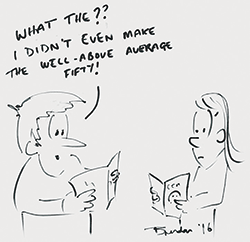Advertisement
Grab your lab coat. Let's get started
Welcome!
Welcome!
Create an account below to get 6 C&EN articles per month, receive newsletters and more - all free.
It seems this is your first time logging in online. Please enter the following information to continue.
As an ACS member you automatically get access to this site. All we need is few more details to create your reading experience.
Not you? Sign in with a different account.
Not you? Sign in with a different account.
ERROR 1
ERROR 1
ERROR 2
ERROR 2
ERROR 2
ERROR 2
ERROR 2
Password and Confirm password must match.
If you have an ACS member number, please enter it here so we can link this account to your membership. (optional)
ERROR 2
ACS values your privacy. By submitting your information, you are gaining access to C&EN and subscribing to our weekly newsletter. We use the information you provide to make your reading experience better, and we will never sell your data to third party members.
Environment
Re: Vanilla extract
September 26, 2016
| A version of this story appeared in
Volume 94, Issue 38
Melody Bomgardner’s cover story “The Problem with Vanilla” (C&EN, Sept. 12, page 38) left an online reader contemplating the value of natural vanilla.
I see merit in the argument that true vanilla extracts have subtle flavor differences worth highlighting in food. ... Harder for a chemist (like me) to argue the true extracts are worthwhile when the food is so processed you can’t tell the difference ... And yet, confession: I almost always buy the true extract anyway, in part because it’s not (yet) ridiculously expensive.
Jake Yeston (@JakeYeston) via Twitter
Corrections
Aug. 15/22, page 19: A Policy Concentrate incorrectly identified David Allen’s position at the University of Texas, Austin. He is a chemical engineering professor, not a chemistry professor.
Aug. 15/22, page 24: A feature story on tattoo ink incorrectly attributed statistics to the Joint Research Council. The statistics should have been attributed to the Joint Research Centre.
Aug. 29, page 6: A Science Concentrate about an improved synthetic route to ryanodol incorrectly stated that Pierre Deslongchamps’s group at the University of Sherbrooke first reported a synthesis of ryanodol in 1990. The synthesis was actually first reported in 1979 (Can. J. Chem., DOI: 10.1139/v79-547). The full paper on the synthesis was published in 1990.



Join the conversation
Contact the reporter
Submit a Letter to the Editor for publication
Engage with us on Twitter